#solar wind
Text

Larissa Szporluk, from Dark Sky Question; "Solar Wind"
1K notes
·
View notes
Text
The Unusual Auroras of Mars

Earth, Saturn, and Jupiter have auroras at their poles, generated by the interaction of their global magnetic fields with the solar wind. Mars has no global magnetic field, only remnants of one frozen into areas of its crust; yet it, too, has auroras. (Image credit: R. Lillis et al.; research credit: C. Bowers et al. and B. Johnston et al.; via APS Physics)
Read the full article
#aurora#fluid dynamics#magnetic fields#magnetohydrodynamics#Mars#physics#planetary science#science#solar wind
189 notes
·
View notes
Text
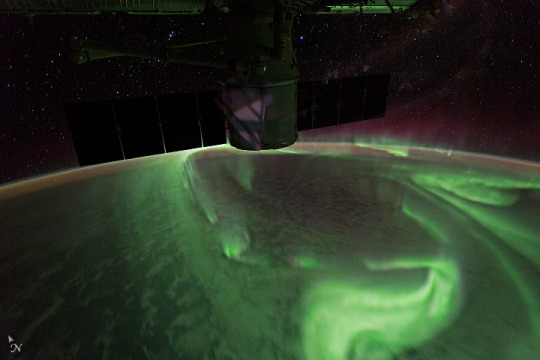
An astronaut took this photograph of the Aurora Australis in August 2017. At the time, the International Space Station was moving over the southern Indian Ocean towards the Great Australian Bight and Melbourne, Australia.
#aurora#auroras#aurora australis#southern lights#stars#solar wind#solar winds#earth#space#orbit#magnetosphere#atmosphere#atmospheric phenomena#nasa#science#international space station#indian ocean#great australia bight#melbourne#australia#2017#2010s
163 notes
·
View notes
Photo
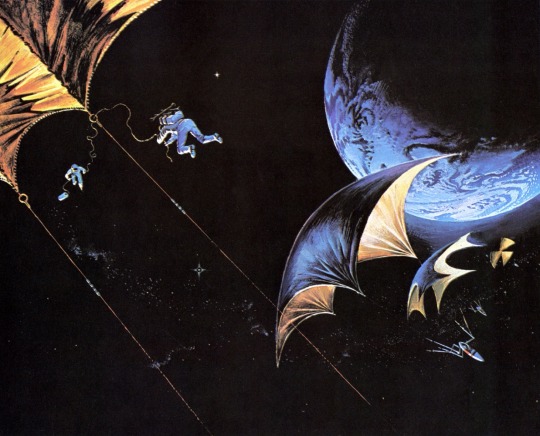
A sailing race, depicted by Bruce Pennington
680 notes
·
View notes
Text

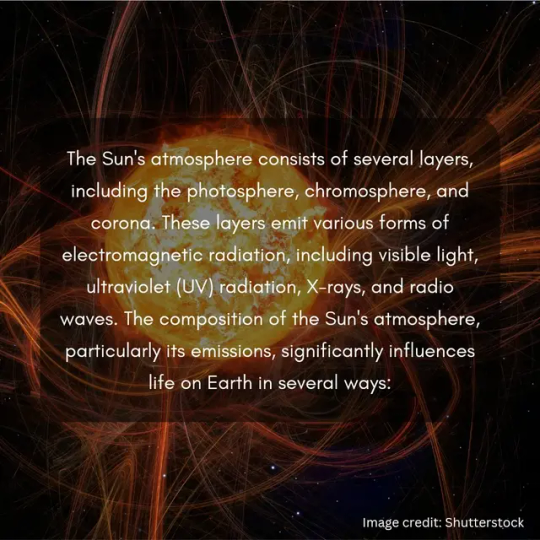
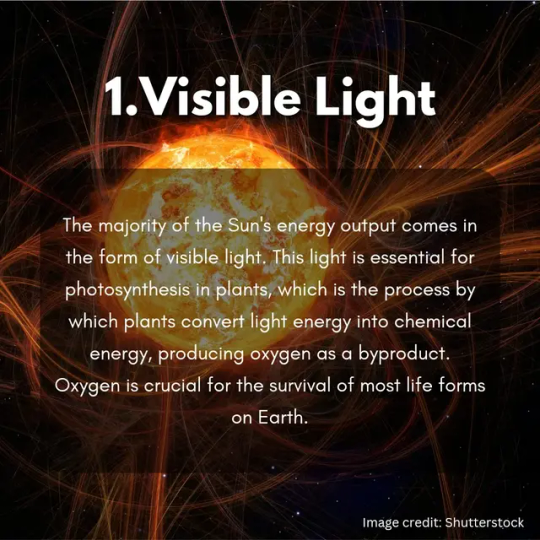





Sunshine = life! ☀️ The sun's atmosphere shields us, fuels plants, and creates vibrant auroras. Read this post to explore its secrets! ✨️
#solar wind#solar system#solar#uv#solar flare#solar energy#atmosphere#aurora#aurora borealis#space#space science#cosmic#cosmos#astroblr#astronomers#astrophotography#astrophysics#astronomy#astro#universe#cosmology#coronal mass ejection#science#science facts#education#discover#scicomm#study blog#study blr#simps for science
22 notes
·
View notes
Text
NASA's sun-touching Parker Solar probe has flown close enough to our star to spot the fine details of the solar wind — including its origin, "coronal holes" in the sun's atmosphere.
Armed with this information, scientists may now be able to better predict solar storms that can supercharge auroras over our planet but can also disrupt communication and power infrastructure and pose a threat to satellites, spacecraft and even astronauts.
The Parker Solar Probe tracked the solar wind — a stream of charged particles flowing continuously from the sun — back to where it is generated, a new study reports. This allowed researchers to see characteristics of the solar wind that are lost as it exits the sun's outer atmosphere, or corona, and before it reaches Earth as a relatively uniform stream.
The spacecraft saw that the streams of high-energy particles that make up the solar wind match so-called "supergranulation flows" within coronal holes. This discovery pointed to these regions as the source of the "fast" solar wind, which is seen over the poles of the sun and can reach speeds as great as 1.7 million mph (2.7 million kph), around 1,000 times faster than the top speed of a jet fighter.
Continue Reading
65 notes
·
View notes
Text
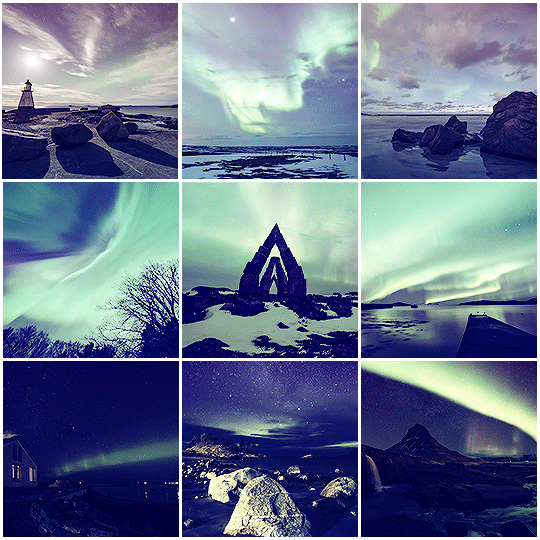
The Northern Lights - Aurora Borealis
#aurora#aurora borealis#nature#northern lights#nighttime#landscapes#trees#solar wind#green#purple#light#arctic#natural light#sky#night skies#night sky#milky way#nightview#gif#night#weather#my gifs#my edit#my edits#my gif
28 notes
·
View notes
Photo
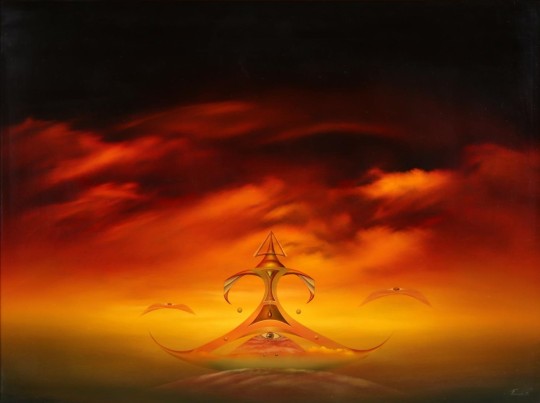
Jaroslav Vlasák — The Land of the Solar Wind [oil, hardboard, 1999]
68 notes
·
View notes
Text



[This is our spicy cheese, but the secret of seeing is to sail on solar wind. Scallions.]
#s19e04 keepin' it real#guy fieri#guyfieri#diners drive-ins and dives#spicy cheese#solar wind#secret#scallions
7 notes
·
View notes
Text
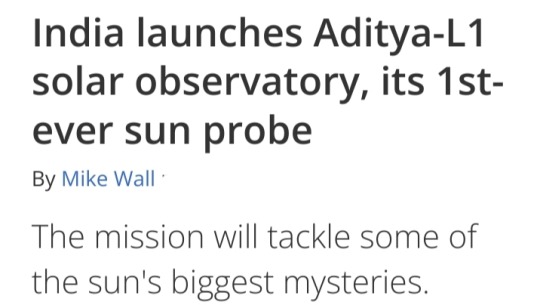
2 September 2022
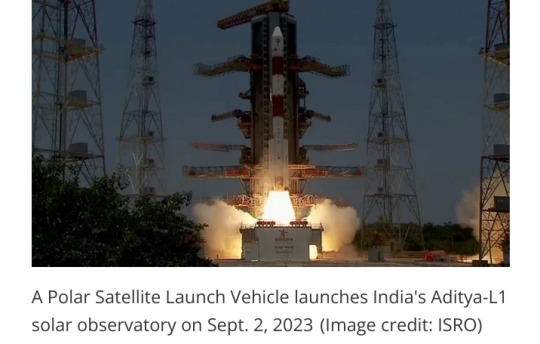
Fresh off its success at the moon, India is now headed for the sun.
The nation launched its first-ever solar observatory today (Sept. 2), sending the Aditya-L1 probe skyward atop a Polar Satellite Launch Vehicle (PSLV) from Satish Dhawan Space Centre at 2:20 a.m. EDT (0620 GMT; 11:50 a.m. local India time).
The PSLV deployed Aditya-L1 into low Earth orbit (LEO) as planned about 63 minutes after liftoff, sparking applause and high fives in mission control.
"Congratulations, India, and congratulations, ISRO [the Indian Space Research Organisation]," Jitendra Singh, India's Minister of State for Science and Technology, said shortly after deployment on ISRO's launch webcast.
"While the whole world watched this with bated breath, it is indeed a sunshine moment for India," Singh added.
The successful launch followed on the heels of another big milestone for India: On August 23, its Chandrayaan-3 mission became the first to land softly near the moon's south pole.
Chandrayaan-3's lander-rover duo are expected to conk out in a week or so, when the harsh lunar night falls at their touchdown site. But Aditya-L1's long journey has just begun.
A long road to a good sun-viewing spot
Aditya-L1 won't stay in LEO forever:
After a series of checkouts, it will use its onboard propulsion system to head toward Earth-sun Lagrange Point 1 (L1), a gravitationally stable spot about 1 million miles (1.5 million kilometers) from our planet in the direction of the sun.
That destination explains the latter part of the mission's name. And the first part is simple enough: "Aditya" translates to "sun" in Sanskrit.
The 3,260-pound (1,480 kilograms) observatory will arrive at L1 about four months from now, if all goes according to plan.
But the long trek will be worth it, according to the ISRO.
"A satellite placed in the halo orbit around the L1 point has the major advantage of continuously viewing the sun without any occultation/eclipses," ISRO officials wrote in an Aditya-L1 mission description.
"This will provide a greater advantage of observing the solar activities and its effect on space weather in real time."
Indeed, another sun-studying spacecraft is already at L1 — the Solar and Heliospheric Observatory (SOHO), a joint NASA-European Space Agency mission that launched in December 1995.
(Several other spacecraft, including NASA's James Webb Space Telescope, are at Earth-sun Lagrange Point 2, which is a million miles from Earth, in the direction away from the sun.)

Solar flares, the coronal heating mystery and more
Once it's settled in at L1, the solar probe will use four three science instruments to study the particles and magnetic fields in its immediate surroundings and four others to scrutinize the sun's surface (known as the photosphere) and its atmosphere.
This work will help scientists better understand solar activity, including the dynamics of solar flares and coronal mass ejections (CMEs), ISRO officials say.
Flares are powerful flashes of high-energy radiation, and CMEs are huge eruptions of solar plasma.
Both types of outburst can affect us here on Earth. Intense CMEs that hit our planet, for example, trigger geomagnetic storms that can disrupt satellite navigation and power grids.
(As a side benefit, such storms also supercharge the gorgeous light shows known as auroras.)
Aditya-L1 will also tackle the "coronal heating problem," one of the biggest mysteries in heliophysics.
The corona — the sun's wispy outer atmosphere — is incredibly hot, reaching temperatures around 2 million degrees Fahrenheit (1.1 million degrees Celsius), according to NASA.
That's about 200 times hotter than the solar surface, which is "only" 10,000 degrees F (5,500 degrees C) or so.
It's still unclear what is responsible for this startling and counterintuitive discrepancy.
(Why would it be hotter away from the sun's core, where the energy-producing nuclear fusion reactions are occurring?)
Aditya-L1 has other science goals as well. For instance, the mission also aims to more fully flesh out the solar wind, the stream of charged particles flowing constantly from the sun, ISRO officials said.
Aditya-L1 will measure the composition of the solar wind and attempt to determine how it is accelerated.
And Aditya-L1 will do all this work on the cheap:
The mission's price tag is about 3.8 billion rupees, or $46 million US at current exchange rates.
That's in the same ballpark as Chandrayaan-3
India's first successful moon-landing mission costs about 6.15 billion rupees, or $74 million US.
For comparison, NASA's most recent big-ticket sun mission, the record-setting Parker Solar Probe, costs roughly $1.5 billion.
This disparity should not be viewed as an indictment of NASA, however; labor costs are much higher in the United States than in India, among other differences between the two nations' economies.
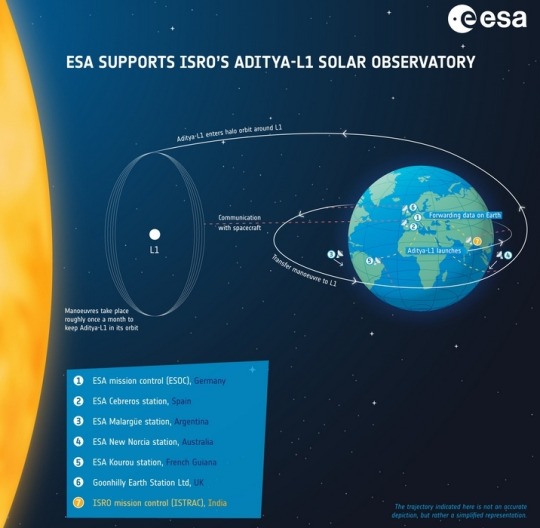
Aditya-L1 is a coronagraphy spacecraft to study the solar atmosphere, designed and developed by the Indian Space Research Organisation (ISRO) and various other Indian research institutes.
#India#Aditya-L1#Polar Satellite Launch Vehicle (PSLV)#Satish Dhawan Space Centre#low Earth orbit (LEO)#sun#Indian Space Research Organisation#Chandrayaan-3#Earth-sun Lagrange Point 1 (L1)#Solar and Heliospheric Observatory (SOHO)#solar flares#coronal mass ejections (CMEs)#coronal heating problem#heliophysics#solar wind#Parker Solar Probe#NASA#solar observatory#solar atmosphere
12 notes
·
View notes
Text
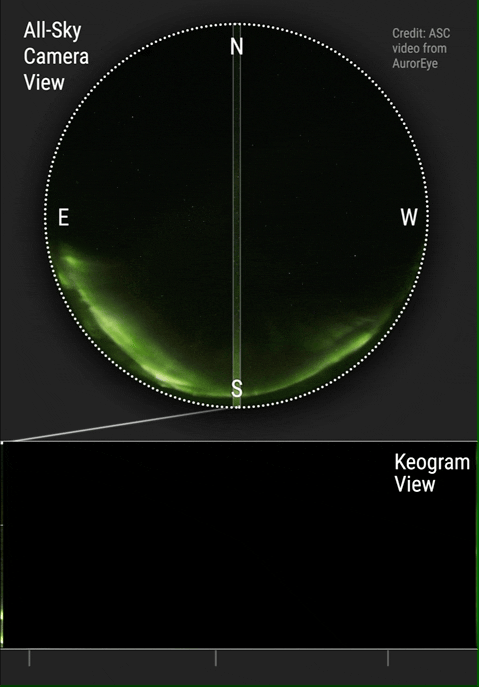
A keogram ("keo" from "Keoeeit" – Inuit word for "Aurora Borealis") is a way of displaying the intensity of an auroral display. Captured at Midnight Dome, Dawson City.
#aurora#auroras#aurora borealis#keogram#midnight dome#dawson city#canada#solar wind#solar winds#magnetosphere#atmosphere#atmospheric phenomena#science#gif#gifs
21 notes
·
View notes
Link
#astrophysics#CFD#computational fluid dynamics#fluid dynamics#physics#plasma#science#solar dynamics#solar wind#turbulence
58 notes
·
View notes
Text
Trappist-1 circles a Red Dwarf Star along with 7 other planets 3 are in the Goldilocks Zone. But the other 3 planets may be in danger of the same solar winds affecting there magneto sphere l.
The Trappist-1 system is located just 40 light-yearswithin range of the James Webb Space Telescope (JWST). This means that JWST can probe the atmospheres of the TRAPPIST-1 planets.
#outer space#goldilocks Zone#planets#solar system#galaxy#red dwarf#solar wind#science article#light years
2 notes
·
View notes
Text






Guess 🤔 what's a curtain of emerald green and fiery crimson dancing across the dark skies? - Aurora!, everybody knows that!😊 But do you know what's the Science 🔍🔭 behind this mesmerising phenomena ? Read on this post ➡️ to satisfy your curiosity around this natural beauty.
#aurora#nature#education#science#science facts#study blog#discover#scicomm#research scientist#explore#earth#physics#astrophysics#atmosphere#cool science#simps for science#aurora borealis#solar wind#solar storm#solar system
16 notes
·
View notes
Text
Moon Missions
What’s going on with the moon?
The United States recently had a solar eclipse on April 8th, 2024, and some might be surprised to learn that the moon is, in fact, affected by solar radiation. The charged particles emitted by the sun, called the solar wind, reach the moon with no interruption from its atmosphere, as it has none. It also has no global magnetic field, another layer of protection that Earth does have, in comparison.
The moon does, however, have small areas of magnetic fields. We can see this because these areas remain lighter in photos whereas chemical reactions from radiation darken the unprotected areas.

Fortunately, most of these charged particles cannot pass through the hulls of space stations, so astronauts are safe in orbit. Cosmic rays, made of stronger and faster-moving particles, are more dangerous. Even on Earth, under the atmosphere and magnetosphere, cosmic radiation reaches humans, though not enough to be considered damaging to our health.
A lander and rover launched in 2018 delivered the first measurements of radiation levels on the moon 4. Based on those data, astronauts on the moon can be exposed to up to 150 times higher radiation levels than on Earth.
Radiation is a leading reason for the pause in lunar landing missions. It raises risks of cataracts, heart diseases, radiation illness, cancer, and other ailments. Longer missions, of course, would heavily exacerbate these radiation doses.
Other Health Concerns
Cosmic rays contain High-Energy (HZE) ions. In different exposure such as from nuclear accidents or irradiation therapy, HZE ions have been found to cause dysregulation in the mitochondria and damage to DNA. Because of this, prolonged exposure is linked to health effects often associated with aging, such as hippocampus synapse loss and metabolic disruption caused by damage to mitochondrial DNA.
Long-duration space flights have also been linked to cardiovascular disorders. For astronauts on the Apollo missions, heart attack was “the second leading cause of death” 8. For additional space flights outside of Earth’s magnetosphere, astronauts also had a higher mortality rate due to cardiovascular diseases.
In a previous article, we discussed the relationship between circadian rhythms and health. These rhythms are another thing that space travel can impact, causing sleep and mental health disturbances in astronauts 9.
While various studies are investigating the conditions of these health risks, a current NASA mission is specifically investigating radiation protection.
Long-term Mission
NASA plans on eventually returning to human-manned missions to the moon.
First, they have to address the issues discussed above.
In November of 2022, Artemis I launched with two manikins bearing radiation detectors. From this mission, NASA was able to confirm the success of the intended trajectory, launch of ground systems, and the Orion spacecraft. The radiation results from this mission are still being analyzed.
The Artemis missions are intended to explore more of the moon than ever before, and lay groundwork for eventual missions to Mars.
Artemis II will not launch any earlier than September of 2025. It is planned to last ten days, consist of a 4-person crew, and be a lunar flyby to ensure the proper functioning of the spacecraft’s systems.
It has seemed for years that lunar exploration has halted. Manned missions have indeed been paused, for good reasons. Ensuring the safety of astronauts is a priority, and they face serious health risks even when missions go as expected. But NASA intends to continue exploring space, the moon, and Mars. The current Artemis missions are discovering improved, new ways to ensure the safety of astronauts while making scientific progress.
Additional Resources
1. https://science.nasa.gov/moon/solar-wind/
2. https://phys.org/news/2012-01-solar-flares-astronauts.html
3. https://arxiv.org/ftp/arxiv/papers/1211/1211.3962.pdf
4. https://link.springer.com/article/10.1007/s11214-020-00725-3
5.https://www.nasa.gov/missions/artemis/orion/orion-passengers-on-artemis-i-to-test-radiation-vest-for-deep-space-missions/
6.https://www.smithsonianmag.com/science-nature/how-space-radiation-threatens-lunar-exploration-180981415/
7.https://www.nasa.gov/humans-in-space/analysis-confirms-successful-artemis-i-moon-mission-reviews-continue-2/
8.https://www.frontiersin.org/journals/physiology/articles/10.3389/fphys.2020.00955/full
9. https://www.ncbi.nlm.nih.gov/pmc/articles/PMC9818606/
#radiation#moon#moon mission#nasa#nasa photos#article#research#solar wind#solar radiation#cosmic rays#cosmic radiation#space exploration#science#space#Work has been horribly busy so the next article might not be out on the usual schedule
2 notes
·
View notes
